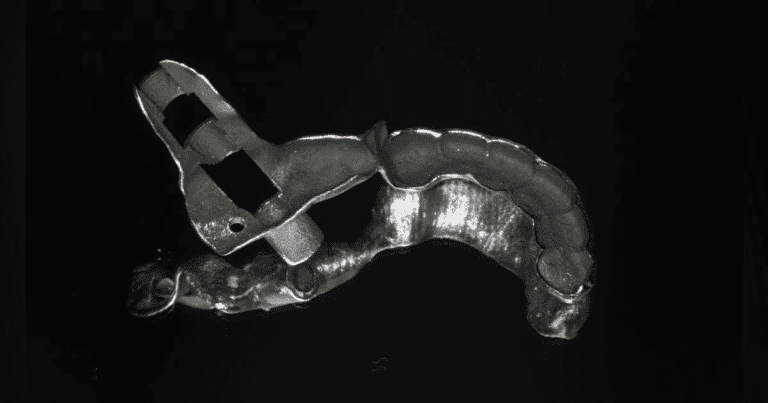Computed tomography for dental imaging has been available for at least two decades. One of its major advantages has been the availability of 3D radiology that enables implant planning and the production of surgical guides.
Three things, however, have greatly influenced the way we design dental implant placement today and produce all forms of guided devices that allow surgical and prosthetic execution of a design. The first of these is the continued development of cone beam computed tomography (CBCT). The availability of low-radiation technology within the office that could provide a practitioner with 3D radiological information was incredible to say the least. The second was the evolution of intraoral scanning and the availability of digitization of what was otherwise recordable only as conventional impressions. The third was undoubtedly the development of 3D printing and the availability in the practice of a low-cost method to produce surgical and prosthetic guides.
3D printing has also evolved tremendously in the past five years. Large laboratory-scale, high-cost 3D printers have been able to produce surgical guides for at least two decades, but it is the refinement of this technology in smaller, office-based units that has accelerated its adoption. Additive manufacturing is almost an unavoidable technology investment for most practices that want to stay on the cutting edge today. The cost of the material involved has also become practical and affordable, and the materials that drive dental applications are constantly expanding and becoming more affordable.
You may also be interested in… The real impact of 3D printing
Traditional 3D-printed surgical guides have been made from a relatively clear, dimensionally stable, autoclavable resin for some time. These surgical guides are not necessarily as good as abrasive resin surgical guides, especially in terms of surface finish, stiffness and strength. The acceptance of printed resin surgical guides is largely due to the cost-effectiveness of printed guides over milled guides. There is also something to be said for the ease of producing printed surgical guides.
The durability of printed resin materials is called into question when larger surgical guides are involved. This is often the case with full arch surgical guides as well as specialized surgical guides for placement of unique implants such as cheek implants. The strength and stiffness of full-arch surgical guides affect the accuracy of dental implant placement in any transverse arch case.
For example, if a surgical guide bends due to its material properties, it would significantly affect the planned position of the implant. On the other hand, if a driver breaks intraoperatively, this could potentially mean freehand implant placement or aborting the procedure altogether.
What is remarkable is that the materials industry has met these needs and printing with significantly stronger materials is a reality. Obviously, any materials for guided surgery should meet regulatory guidelines for use in biological situations and allow for an effective method of sterilization. Any guides created by additive manufacturing should also have significant dimensional accuracy to allow precise placement of the guide sleeves, which are specific to multiple implant systems.


